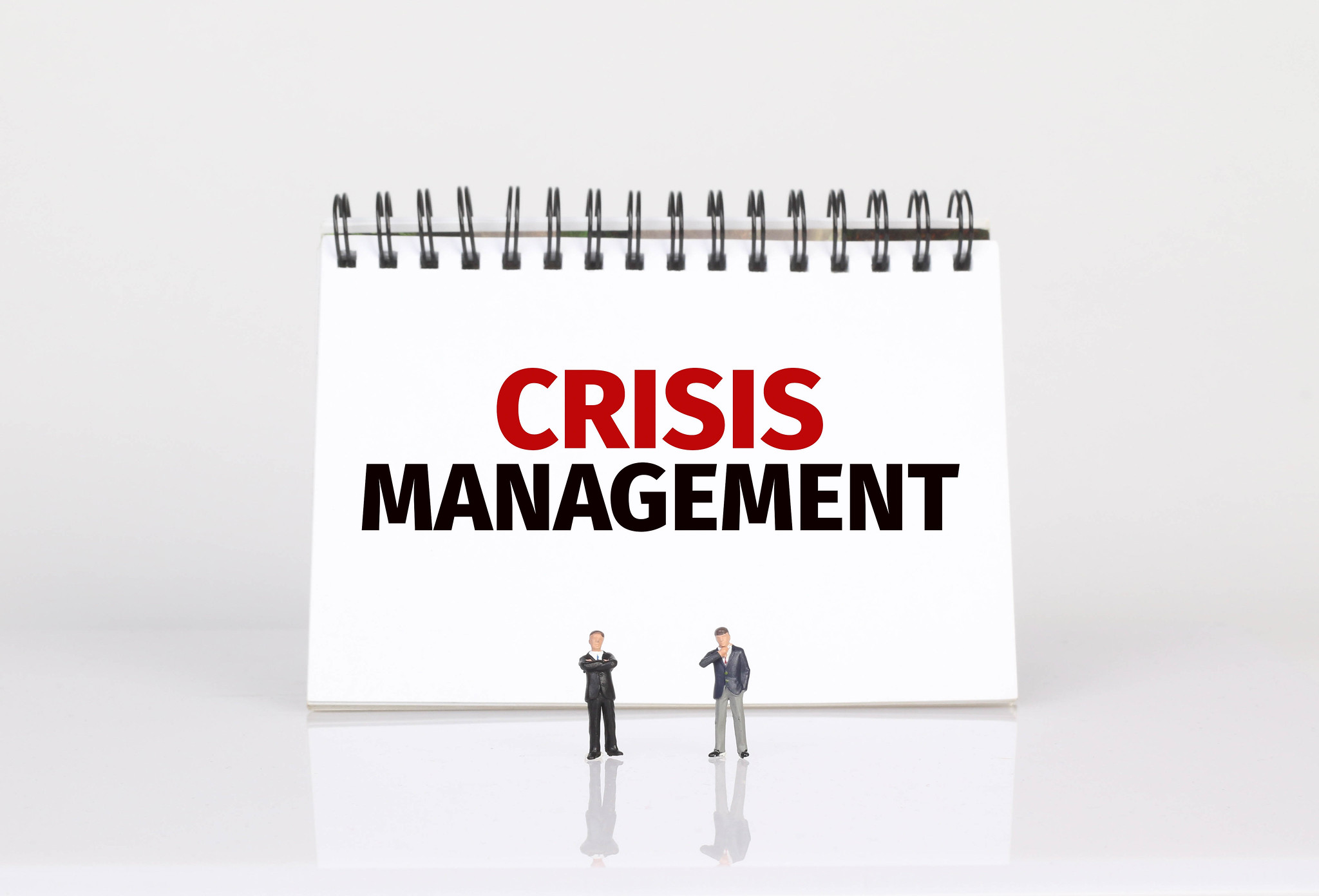original photo and the license
by: Ryan Bruner
A crisis is defined as any incident, event or point of decision that can focus negative attention on a company and have an adverse effect on it overall financial condition, its relationships with its audiences, and/or its reputation within the marketplace. The purpose of a crisis management plan is to provide a systematic approach to managing a crisis in an organized approach, without causing a major disruption to normal activities.
A crisis management plan is designed to maintain the company’s credibility and positive image with all of its identified audiences in the face of adversity.
When it comes to credibility and positive image, customers, employees, management, financial supporters, industry peers and others, should all feel as though each event is well-organized and handled in a professional manner. We need to be able to respond very quickly to any type of situation because crises do not pause to allow us to think through the problem.
6 Key Steps to Follow and Work Towards
When Creating Your Crisis Response Program:
Have a Plan Established:
Define the Crisis Management Team Members, legal counsel, insurance contacts, and emergency contacts. These integral members should be established, documented and updated at least once a year, if not bi-annually.
Ascertain a Spokesperson:
If and/or when the media outlets catch wind of a situation, all coverage is fair game. Control the situation, by having a professional spokesperson, who can aid in answering media questions or concerns. Concise, consistent and up-to-date information is the key.
Be Honest:
Be transparent. Don’t provide any information that is not 100% accurate. On the other hand, it is ok to say, “I understand your questions, but we cannot provide any details at this time. As soon as we are able to understand the full capacity of the incident, we will update.”
Inform Personnel Within Organization:
Social media is a playground for individuals voicing their own opinions about ANYTHING and EVERYTHING. Don’t allow that to happen. Sure, you can’t control your employees’ posts, but you can control what is disseminated as the information is acquired. Although these situations are not ideal as learning tools, they can be that very thing, potentially preventing future incidents.
Inform Customers, Clients, Suppliers & Vendors:
Grave consequences can arise if there is a lack in communication to these individuals. Strategic partnerships are probably what make your business work. Don’t leave key players to learn about potentially seriously impacts to the business through news reporters and social media timelines.
Updating Media (& Social Media):
Eliminate uncertainty. This is not the time for key team members to be caught off-guard. When approached by media outlets, give up-to-date information, timeframes on obtaining new information and sticking to the facts. No information about personnel involved shall be released without prior contact to next of kin.
The main goal within your plan should be the personnel affected by the crisis at hand. Hierarchy of crisis response should be as follows: People, Business, and then Media. Without people your business doesn’t work. Morals and values should be the core of your business, and this will show during a crisis.
Consistency in business, from project-specific goals, to proactive training methods, shouldn’t stop at compliance. Post-crisis efforts should be addressed as well. Grief counseling can be a healthy and invaluable way to care for those who are affected by a crisis. Above all, people are what make a business work. Prioritize your Crisis Response Planning with your workforce in mind.
Related Topics: Crisis Management, Safety Consulting
